Canadian Hemlock Lumber
- June 28, 2023
- 0 comment
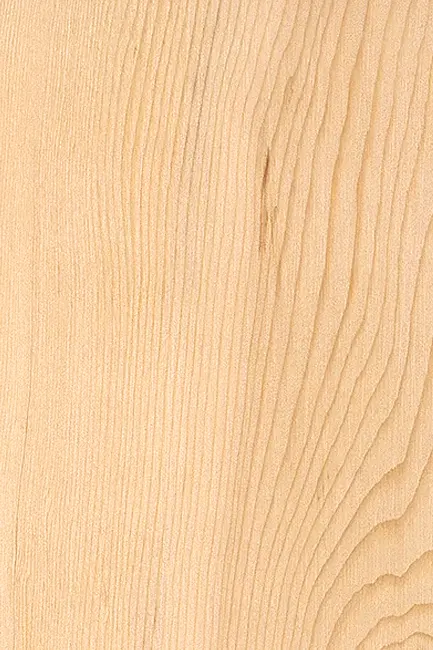
Canadian Hemlock, also known scientifically as Tsuga Canadensis, is a coniferous softwood species native to the eastern North American region, particularly abundant in Canada’s temperate rainforests. Prized for its uniformly straight grain and relatively light, yet sturdy characteristics, Hemlock lumber has been widely used in construction, furniture, and craft applications. The tree’s remarkable growth rate and ability to thrive in various climatic conditions make it a sustainable choice for commercial lumber production.
The aesthetic appeal of Canadian Hemlock lumber is evident in its color, which typically varies from a light, creamy hue to a richer, warm golden brown. The texture is generally fine and uniform, adding to its appeal in carpentry and joinery. The grain, often straight but occasionally interlocked, provides a subtle yet pleasing visual interest. Hemlock wood, while soft, is known for its excellent strength and stability, resistant to splintering, making it a preferred choice for builders and woodworkers. It also takes well to stains, varnishes, and finishes, allowing for a high degree of customization in its appearance.
However, Canadian Hemlock lumber does have its share of challenges. While it boasts remarkable stability and strength for a softwood, it is somewhat lacking in natural resistance to decay and insect attacks, especially when compared to some of the more durable hardwoods. It, therefore, requires treatment if it’s to be used in outdoor applications or in damp environments. In terms of workability, despite its tendency to blunt cutting tools due to its hardness, it generally machines well, with care required to avoid tearout. Despite these limitations, Canadian Hemlock remains a versatile and economically viable lumber choice, beloved for its overall functionality and its unique, natural beauty.
| Attribute | Information |
|---|---|
| Common Name(s) | Canadian Hemlock |
| Scientific Name | Tsuga canadensis |
| Distribution | Eastern North America |
| Tree Size | 60-75 feet tall, 2-3 feet in diameter |
| Average Dried Weight | 33 lbs/ft^3 (530 kg/m^3) |
| Specific Gravity | 0.53 |
| Janka Hardness | 500 lbf (2,220 N) |
| Modulus of Rupture | 7,200 lbf/in^2 (49.7 MPa) |
| Elastic Modulus | 1,120,000 lbf/in^2 (7.72 GPa) |
| Crushing Strength | 5,190 lbf/in^2 (35.8 MPa) |
| Shrinkage | Radial: 3.7%, Tangential: 8.1%, Volumetric: 12.1% |
Color/Appearance
Canadian Hemlock has a pale yellow to light brown color, which tends to darken with age. The wood exhibits a uniform appearance with a subtle grain pattern and occasional small knots.

Grain/Texture
The grain of Canadian Hemlock is generally straight, and the texture is fine and even. It has a uniform and smooth surface, making it ideal for various woodworking projects.
Rot Resistance
While Canadian Hemlock is not naturally resistant to decay, it can be treated to enhance its rot resistance. When properly maintained and protected from excessive moisture, it can provide satisfactory durability.
Workability
Canadian Hemlock is known for its excellent workability. It is relatively easy to saw, glue, and machine. The wood holds nails and screws well and takes stain and finishes evenly, contributing to its popularity in construction and woodworking.
Odor
Canadian Hemlock has no distinct odor when being worked, making it suitable for interior applications where strong smells may be a concern.
Allergies/Toxicity
There are no known allergies or toxic reactions associated with Canadian Hemlock. However, as with any wood dust, proper respiratory protection should be used during sanding and machining processes.
Pricing/Availability
Canadian Hemlock is widely available, especially in its native regions of Eastern North America. It is generally priced moderately and is considered a cost-effective option for various woodworking projects.
Sustainability
Canadian Hemlock is typically sourced from responsibly managed forests. It is considered a sustainable choice, as long as harvesting practices comply with recognized forestry regulations and guidelines.
Common Uses
Canadian Hemlock finds application in a range of woodworking projects. It is commonly used for general construction, framing, flooring, paneling, doors, trim, and furniture manufacturing. It’s versatility and reasonable cost make it a popular choice among woodworkers and builders.
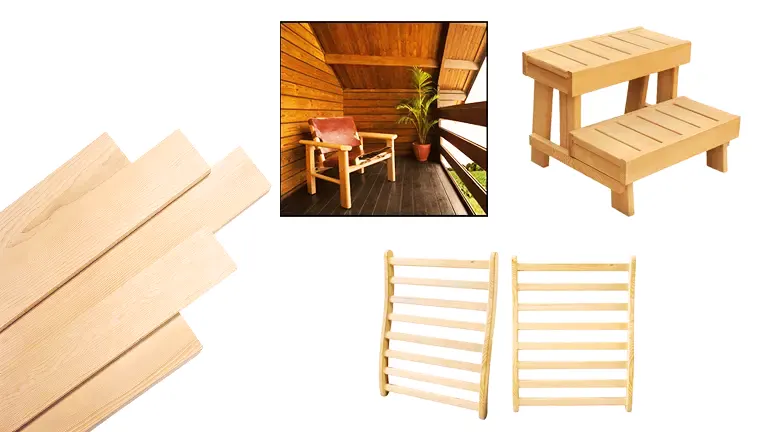
Frequently Asked Questions
- Is Canadian Hemlock suitable for outdoor projects?
- While Canadian Hemlock is not naturally resistant to decay, it can be used for outdoor applications if properly treated and maintained.
- Can Canadian Hemlock be stained or finished?
- Yes, Canadian Hemlock takes stain and finishes well, allowing for customization and achieving desired aesthetics.
- Is Canadian Hemlock a hardwood or softwood?
- Canadian Hemlock is classified as a softwood, despite its relatively high density.
- Can I use Canadian Hemlock for flooring?
- Yes, Canadian Hemlock is commonly used for flooring due to its durability and appealing appearance.
- Does Canadian Hemlock have a strong scent?
- No, Canadian Hemlock has no distinct odor when being worked, making it suitable for interior applications.







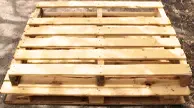

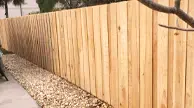



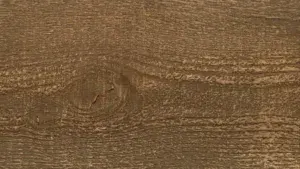
Leave your comment